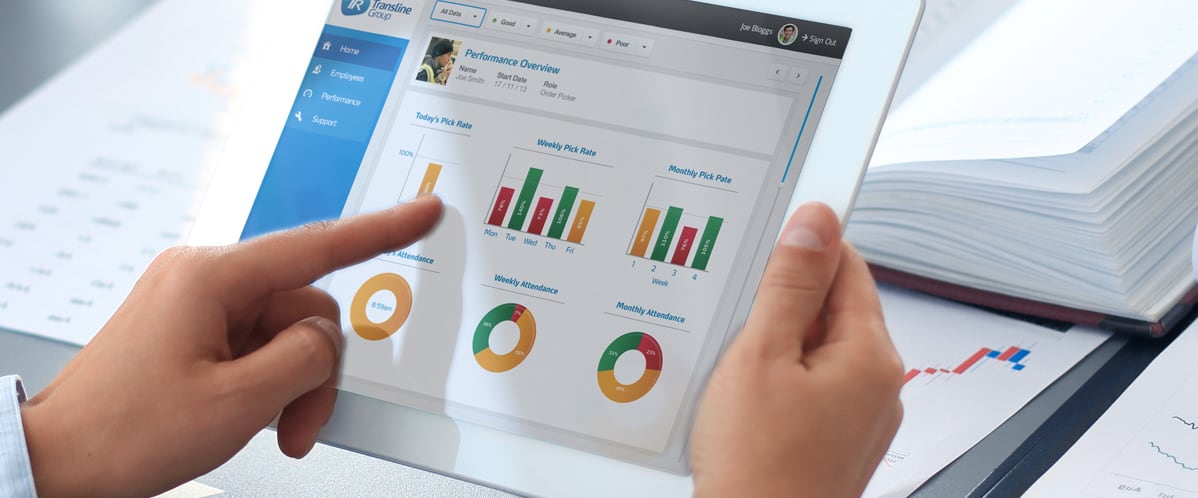Every type of business faces risks, many of which can lead to an erosion of profitability, changes in the operating model or even bankruptcy. As a business owner, you know that running a successful company takes a lot of work. These efforts can pay off handsomely, bringing in customers, profits, community engagement and the satisfaction of achievement. While continued success is the goal, risks and challenges will inevitably arise. Unless you identify, prepare and plan for their arrival, these risks may derail your progress towards the goals you set.
Large corporations typically have a resourceful ‘risk management’ team to implement and monitor risks to the company proactively. Small to medium enterprises (SMEs) do not usually address the issue in the same methodical way, relying on reactive management. When an SMEs cash flow takes a hit, it can be catastrophic as being a small business there often isn’t much buffer to survive an extended downturn in cash flow. According to ASIC, “poor cash flow is cited as a factor in 40% of business failures” highlighting the urgent need to identify risks to reduce the chance of failure. The recent global health and economic situation is an added reminder of how unexpected obstacles can arise. Let’s take a look at a few critical risks to identify and manage to ensure your business is well placed to weather the storm.
Customer Concentration Risk
Focussing on a few large, loyal customers might seem like a great idea in the short to medium run. As a supplier, you can develop and concentrate on a few key relationships instead of spending time acquiring new customers. However, what happens if you lose one customer or more? Your cash flow will take a massive hit, and you may not have other buyers to fall back on.
Reducing risk in this scenario as a supplier is two-fold. Firstly, develop a deep understanding of your customer’s payment history and enter a formal credit agreement with their owner if the relationship will be ongoing. Limit credit with customers that consistently don’t pay on time to mitigate the chances of being left in the lurch if they choose not to pay altogether. Secondly, diversify your customer base. While it may take more work now, spreading your source of revenue across multiple buyers is a smart idea in the long run. Invariably customers will fall off, the more you have, the less impactful one will be on your business’ financial health.
Reliance on Key Suppliers
Supply chain risks have been exposed over the last few months, as global logistics, systems and suppliers face bottlenecks and fulfilment issues. Where possible, SMEs should work with suppliers that have a reputable history of delivering as required. Furthermore, always have a list of alternative suppliers you can call on, should your primary one fall into trouble themselves. Reliance on key suppliers is a significant risk that can spell the end of your business if not managed well. If you have no product or service to sell to your customers, you can’t bring in the revenue you need to continue operating.
Address Operational and Reputation Risks
There are many internal risks that you need to be aware of. Fortunately, these are the most practical to control. Operational risks refer to any unexpected failure or breakdown in your company’s day-to-day activities. Perhaps your digital systems fail, leaving you unable to take bookings or payments. Your key staff members both call in sick at once, leaving you scrambling to service your customers. Whatever the instance, having the right processes in place can minimise the impact of these issues. Cross-training staff and having a manual backup system in place may offer a solution.
“An insensitive social media post, leak of customer data or faulty product recall may cause irreparable damage to your brand”
These unexpected operational problems may also take a toll on your business’ reputation. An SME’s reputation heavily influences customers in the market. An insensitive social media post, leak of customer data or faulty product recall may cause irreparable damage to your brand, ruining any other progress you may be making. Identify these risks as a priority, ensuring your processes and systems are regularly assessed for their integrity and brand alignment.
Identify Opportunities to Improve Your Financial Position
Every business owner should be aware of their debts and obligations. Are you personally exposed to any debts your business or others have incurred (as a guarantor)? Staying on top of your liabilities is essential to minimise the risk of financial failure.
Cash flow management is essential to any SMEs success. It’s a startling statistic that “60% of businesses that close down are profitable, but they simply run out of cash because of poor cash flow management.” Products such as invoice finance offered by OptiPay allow your business to access cash tied up in unpaid invoices in as little as 24 hours from issue.
What if a customer fails to pay their outstanding invoices? According to a survey by Xero, “62 percent of businesses would not survive more than three months if all invoices went unpaid”. While invoice finance can be a great solution to access this cash upfront, the event of non-payment is also covered by OptiPay’s cash flow funding solutions. OptiPay includes a form of trade credit insurance as an additional layer of protection, so if your customer/s default on their payments, OptiPaySecure™ protects you by covering up to 90% of the invoice value issued to your debtor and funded as well as the legal costs to chase your client (debtor).
Don’t let potential risks hold back your business’ growth, improve your ability to deal with challenges by unlocking tomorrow’s cash flow today with OptiPay.



